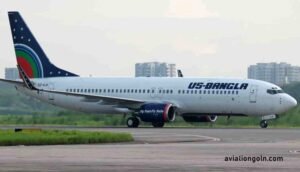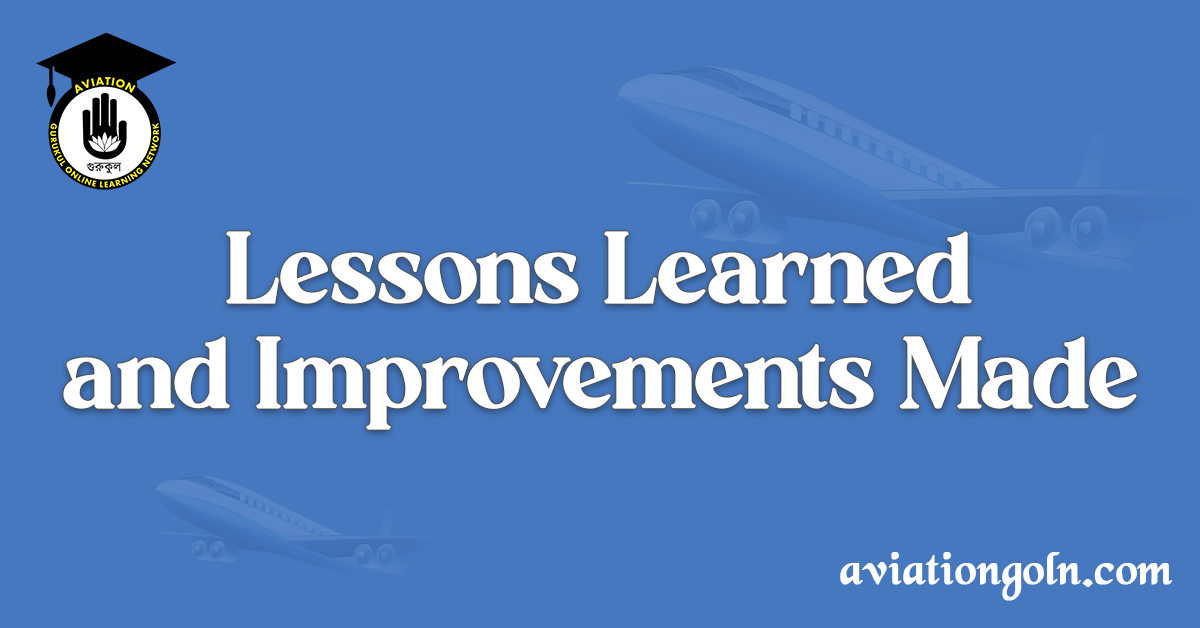Air Traffic Services (ATS) play a crucial role in managing the safe, efficient flow of aircraft in the airspace and on the ground. Over time, the aviation industry has learned vital lessons from past experiences and made significant improvements. This article will delve into some poignant case studies that illustrate these lessons and enhancements in Air Traffic Services.
Lessons Learned and Improvements Made

Case Study 1: 1977 Tenerife Airport Disaster
The collision between two Boeing 747s, Pan Am Flight 1736 and KLM Flight 4805, at Los Tenerife Airport in March 1977 remains the deadliest accident in aviation history, with 583 fatalities. A combination of factors, including poor visibility, miscommunication between the tower and pilots, and a rushed takeoff clearance, led to the catastrophic event.
Lessons Learned
This tragedy underscored the importance of clear communication in ATS. Ambiguity in the language used for air traffic control (ATC) instructions and readbacks was a significant factor in the disaster. For instance, the term “takeoff” was being used during the taxi phase, which created confusion.
Improvements Made
In response to the Tenerife disaster, the International Civil Aviation Organization (ICAO) made changes to phraseology standards for ATC. The term “takeoff” would only be used as clearance for the actual takeoff, and for nothing else. Additionally, the aviation industry globally embraced Crew Resource Management (CRM) training that emphasizes effective communication, teamwork, and decision-making skills among flight crews.

Case Study 2: Near Mid-Air Collisions & TCAS
Near mid-air collisions (NMACs) were alarmingly common in the 70s and 80s. To address this, aviation authorities worldwide prioritized the development and implementation of collision-avoidance technology.
Lessons Learned
NMACs highlighted a fundamental problem – reliance on human vision and reaction time is not sufficient to prevent collisions. ATC and cockpit crews, despite their exceptional skill and commitment, are not infallible and can be overwhelmed by heavy traffic and complex situations.
Improvements Made
The Traffic Collision Avoidance System (TCAS) was introduced. This system, now mandatory on commercial flights, uses transponder signals to detect potential collision risks with other aircraft and advise pilots on appropriate action, ensuring an additional safety layer beyond ATC.

Case Study 3: The Uberlingen Mid-Air Collision
In July 2002, a DHL cargo plane and a Bashkirian Airlines passenger jet collided mid-air over Uberlingen, Germany, causing 71 fatalities. A combination of factors, including ATC system failures, ambiguous TCAS advisories, and human error, contributed to the accident.
Lessons Learned
This tragic incident revealed shortcomings in the compatibility of ground-based and airborne collision avoidance systems. It also exposed weaknesses in contingency measures during ATC system failures.
Improvements Made
Post-accident analysis led to changes in international regulations, emphasizing that pilots should prioritize TCAS advisories over ATC instructions. Moreover, ATC systems underwent improvements to handle contingency scenarios better, including enhanced backup system capabilities and training of controllers for system failures.

Case Study 4: Introduction of NextGen Air Traffic Control
For decades, air traffic management relied heavily on ground-based radar technology. With airspace getting busier and the demand for more efficient routing growing, a transition to a modern, satellite-based system became necessary.
Lessons Learned
Traditional radar-based ATC systems had limitations – they couldn’t provide real-time aircraft positions, leading to larger separation standards and less efficient flight paths. This scenario posed challenges in managing increasing air traffic and evolving towards greener aviation.
Improvements Made
The Federal Aviation Administration (FAA) in the United States launched the Next Generation Air Transportation System (NextGen) initiative, signaling a paradigm shift in air traffic management. The cornerstone of NextGen is the Automatic Dependent Surveillance-Broadcast (ADS-B), providing real-time, accurate aircraft position information. This technology enhances safety, efficiency, and environmental sustainability in aviation.

Case Study 5: COVID-19 Pandemic & Air Traffic Services
The COVID-19 pandemic brought unprecedented challenges to the aviation industry, causing a drastic reduction in air traffic. While detrimental, this situation also provided opportunities for accelerating improvements in ATS.
Lessons Learned
The pandemic highlighted the need for more flexible and scalable ATC operations that can adapt to rapid changes in air traffic volume. The need for digitization and remote capabilities in ATC operations also became apparent.
Improvements Made
The crisis expedited the transition towards digital tower technology, which allows air traffic control services to be provided remotely. It supports scalability, resilience, and continuity of ATS operations, even during disruptive events.

From these case studies, it’s evident that the air traffic services landscape is a dynamic one, continuously learning from past experiences and evolving to meet future demands. Improvements in technology, procedures, and training, driven by lessons learned from past incidents, have substantially enhanced the safety, efficiency, and resilience of ATS worldwide. As we move forward, continuous learning and innovation will remain at the heart of ATS, driving it towards an even safer and brighter future.
